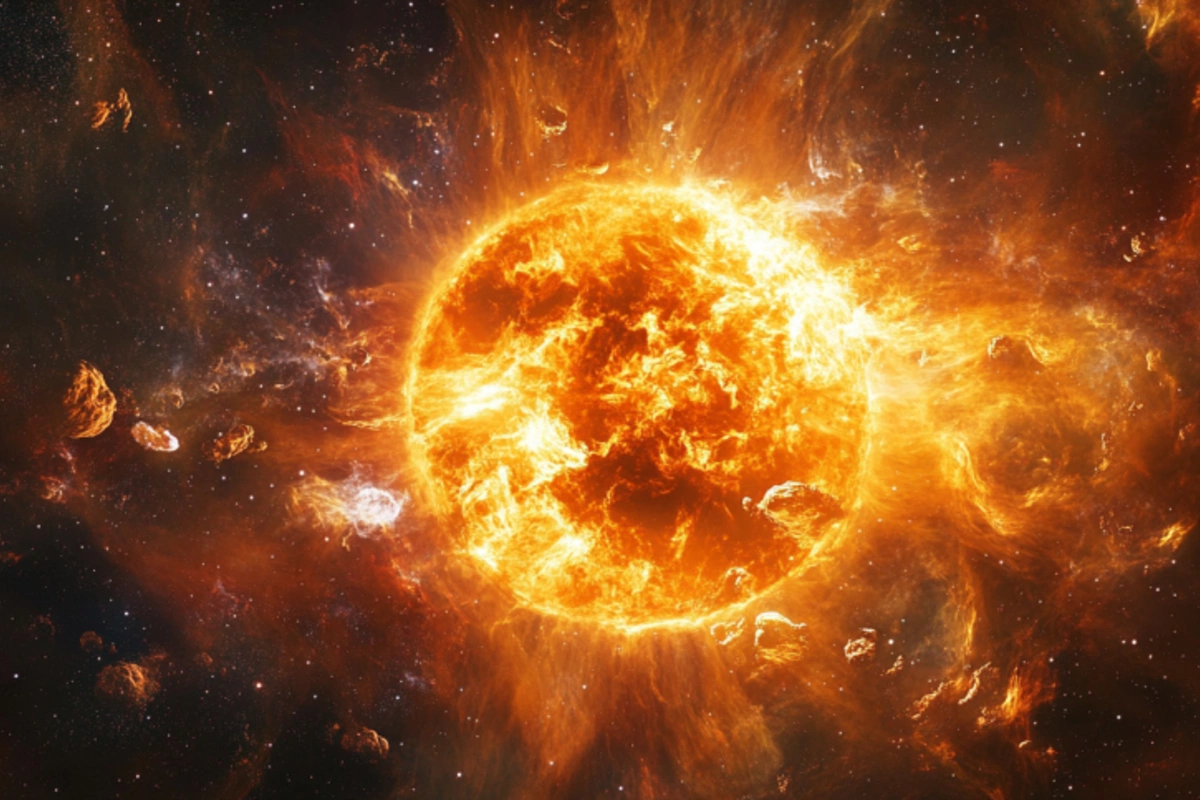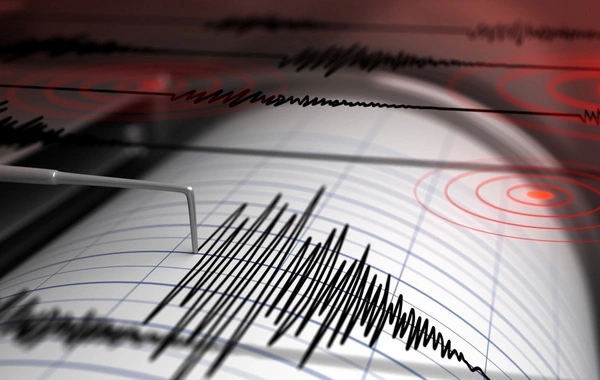A series of powerful flares occurred on the Sun

Scientists observe systematic increase in solar activity. Three flares of the second-highest power class were recorded on the Sun on Monday night.
As reported by BAKU.WS, this was announced to TASS by the Institute of Applied Geophysics (IAG).
"On March 31 at 01:50 Moscow time (02:50 Baku time - ed.) an M1.4 flare lasting 13 minutes was registered in the X-ray range in sunspot group 4048 (S15E68)," the institute reports. Also at 02:19 Moscow time (03:19 Baku time - ed.) there was an M1.5 flare, and at 02:48 Moscow time (03:48 Baku time - ed.) - M1.0.
According to information on the website of the Solar Astronomy Laboratory of the Space Research Institute of the Russian Academy of Sciences (RAS) and the Institute of Solar-Terrestrial Physics of the Siberian Branch of RAS, more than 50 flares occurred from March 28 to 31, including one X-class and 11 M-class.
"The increase in activity appears to be systematic in nature, as the number of active centers is growing simultaneously in both the northern and southern hemispheres. The strongest series of explosions is currently being recorded south of the solar equator in active region No. 4048. The center is still at a significant distance (about 60 degrees) from the Sun-Earth line, but is reducing this angle by 15 degrees every day and by mid-week will enter the zone of maximum influence. It will be able to start 'affecting' Earth a little as early as tomorrow, Tuesday. Risks associated with other solar centers are currently significantly lower, but are also not zero," the message states.
Note that solar flares are divided into five classes depending on the power of X-ray radiation: A, B, C, M, and X. The minimum class A0.0 corresponds to a radiation power of 10 nanowatts per square meter at Earth's orbit. When moving to the next letter, the power increases 10 times. Flares are typically accompanied by ejections of solar plasma, the clouds of which, upon reaching Earth, can provoke magnetic storms.
Similar News
Two earthquakes occurred in Georgia at once
Today in Georgia, two earthquakes were recorded within half an hour. As reported by BAKU.WS with reference to local media, this was announced by the National Ce...




 Azərbaycanca
Azərbaycanca  По-русски
По-русски  English
English 





